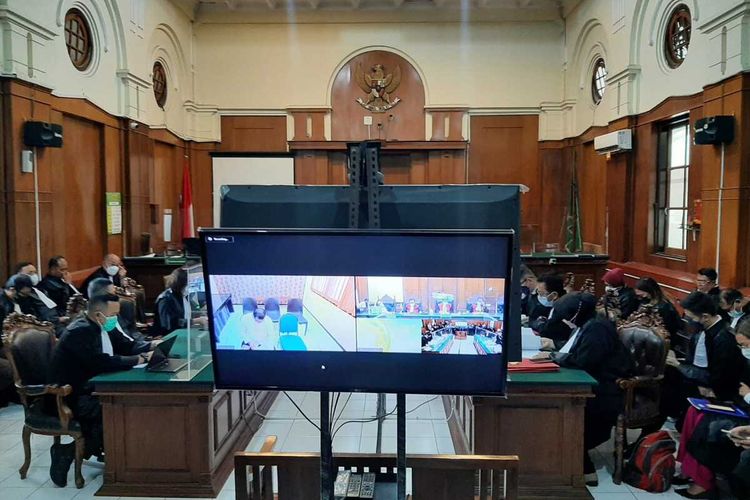Five Go on Trial for Negligence over Indonesia Stadium Disaster

SURABAYA, KOMPAS.com – Five Indonesian men charged with negligence leading to one of the worst stadium disasters in football history appeared in court by video link on Monday, Jan. 16, as their trial began.
The stampede in October in the East Java city of Malang – which killed 135 people, including more than 40 children -- came after police fired tear gas into packed stands when supporters invaded the pitch at the end of a match between rivals Arema FC and Persebaya Surabaya.
Hundreds of people fled for narrow exits, resulting in a crush that left many trampled or suffocated to death.
Three local police officials, a match organizer and a security official were all charged with negligence for their role in the disaster, and face a maximum sentence of five years imprisonment if found guilty.
A sixth suspect – a former director of the company that runs Indonesia's premier league – remains under police investigation.
Also read: Indonesian President to Order Stadium Audit after Deadly Stampede
On Monday, authorities deployed hundreds of security personnel around the court and the trial was held virtually for security reasons.
Outside the courthouse, Rini Hanifah held up pictures of her son Agus Riansyah, one of the victims who went to watch the football match and never returned. She called for the death penalty for those responsible.
"Lives should be paid with lives. That's not just numbers, it's human lives," she said. "We need justice for my child."
Another parent, Udin, whose daughter and her boyfriend died in the tragedy, said he also wanted those responsible to be heavily punished.
"Death sentence, that's all," said the man, who declined to give his last name.
Authorities told Arema FC supporters not to travel to Surabaya for the trial, for fear of clashes with police or rival fans.
Also read: Indonesia Launches Investigation into Deadly Football Stampede
Police described the October 1 pitch invasion as a riot and said two officers were killed, but survivors accused the police of using excessive force.
They were seen kicking and beating pitch invaders before indiscriminately firing tear gas rounds into the stands, despite football's world governing body FIFA outlawing the use of such riot control methods at stadiums.































